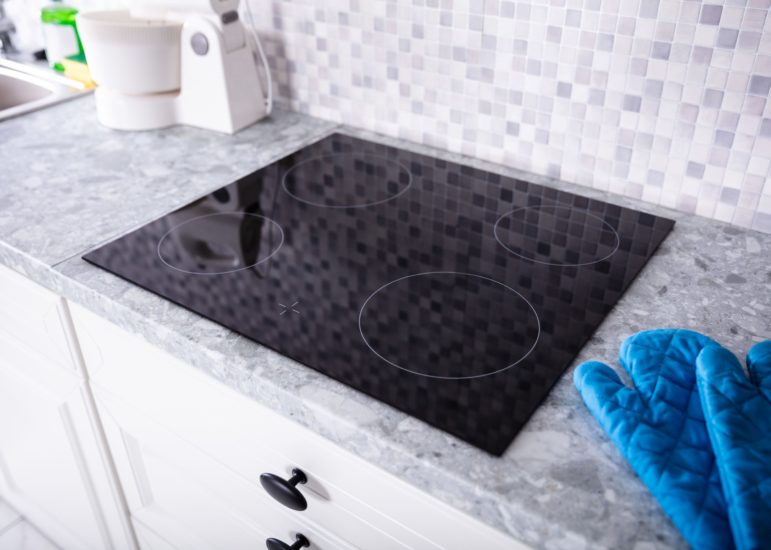
The humble, old electric stove: around since the early 20th century, and painfully slow with little-to-no heat control. Modern cooks often tout natural gas as the superior alternative, citing faster performance and a more pleasant cooking experience.
But on the heels of Berkeley, California’s move away from natural gas in all new buildings, the gas versus electric debate is heating up across the country. Importantly, scientists and public health advocates are making clear the dangerous reality of reliance on natural gas in our homes.
Since the Environmental Protection Agency doesn’t regulate indoor air quality, homes with gas stoves and ranges are offing nitrogen dioxide directly into living spaces. Nitrogen dioxide reacts with other chemicals in the air to form both particulate matter and ozone. What’s the effect of breathing in these harmful pollutants?
- Scientific studies have shown that children living in homes or apartments with gas stoves are more likely to have respiratory illnesses ranging from asthma complications to pneumonia.
- In California, researchers estimated that 60 percent of homes that cook with gas at least once a week can reach pollutant levels that would be illegal if found outdoors.
- Buildings with natural gas are also at risk of carbon monoxide poisoning, and in worst case scenarios, potentially fatal explosions.
What’s the solution? Enter the electric induction cooktop.
Induction cooktops and ranges are faster than gas, boast remarkable heat control, and cool off quickly. Best of all, they emit zero indoor air pollutants.
How do they work? Rather than using indirect radiation, convection, or thermal conduction, induction cooking relies on a coil of copper wire embedded under the cooking pot which allows an alternating electric current to pass through the pan. The result is an oscillating magnetic field that induces an electrical current that transfers heat to the pot.
How are they better than a traditional electric or gas range? The mechanics of an induction cooktop mean cooks can take advantage of very rapid increases in temperature and instantaneous control in heat settings. Water boils in a snap. Induction cooktops are also highly efficient and make clean-up a breeze since the cooktop itself doesn’t retain excess heat. For that reason, they’re safer to have in homes with small children, given their fast cool-off times.
Will I need new cookware? Induction ranges do require cooking vessels to be made of ferrous metal, like cast iron or certain stainless steels. Copper or aluminum pots and pans can’t produce a sufficient current in their magnetic field to be compatible with induction. Families looking to transition to an electric induction model will need to make sure their cookware is compatible. A simple way to figure out if your pot is induction-ready is to test it with a household magnet. If the magnet sticks to the pot, you’re good to go!
Isn’t is a bad idea to be using more electricity instead of gas? While natural gas is lauded by the industry as the “clean” alternative, the reality is that it burns dirty, producing sulfur, mercury, and other particulates, in addition to nitrogen oxide. Many utilities now offer clean energy programs to their customers, so homes and apartments can receive 100% of their electricity from the wind or sun. Community solar gardens are also another option to power up with clean energy. In that way, electric induction cooktops can run completely on electricity from renewable sources.
Are they expensive? While electric induction cooktops and ranges are pricier than their gas or traditional electric alternatives, technology advances and increasing rates of adoption have been driving down costs for many years and will continue to do so. The actual cost of cooking with an induction range is lower, though, because of how energy efficient these appliances are. With induction, 90% of every dollar spent on the electricity goes directly to heating the pan. Traditional electric ranges are only 65% efficient, and with natural gas ranges, efficiency plummets to 55%.
Fresh Energy sees a huge opportunity in building all new housing projects—particularly affordable housing developments—with induction ranges. In that way, future tenants can take advantage of safer, cleaner, and more efficient cooking.
Curious to learn more before making the leap to electric induction? Fresh Energy invites you to try out one out for yourself! At our upcoming Benefit Breakfast on October 2, we’ll be showcasing the ease and speed of electric induction cooking in a special demonstration. Reserve your spot now!
